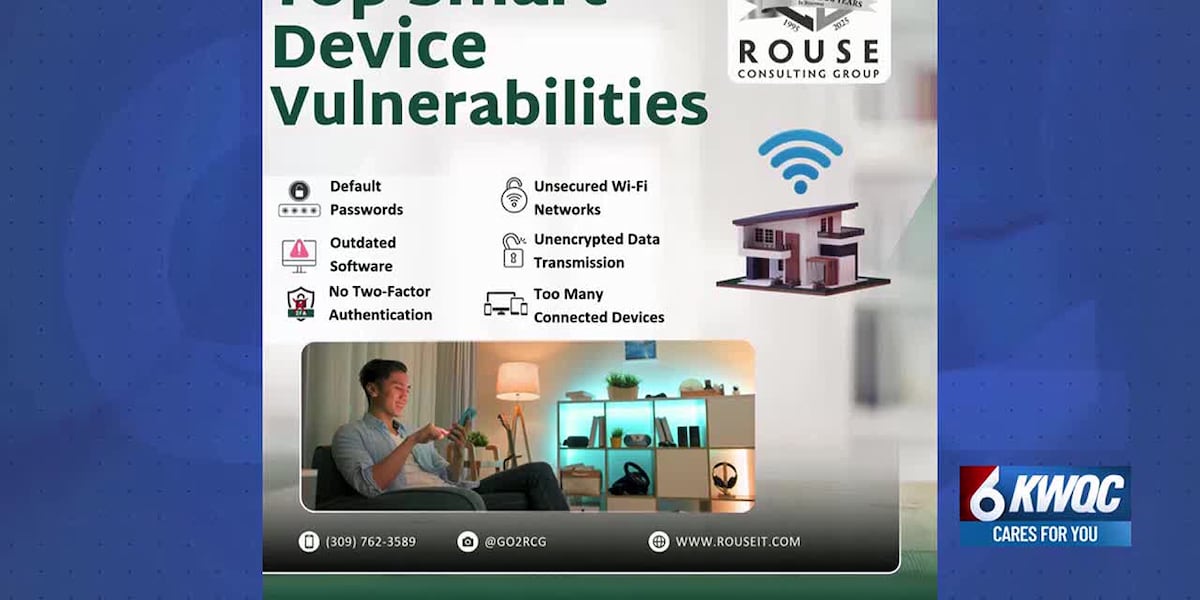Key Takeaways
- Smart home technology enhances convenience but poses significant security risks due to data vulnerabilities.
- Best practices include changing default passwords, enabling two-factor authentication, and keeping devices updated.
- Businesses should implement security policies that address the risks associated with employees using smart devices at home.
Technological innovation is transforming living spaces, with the smart home evolving from a fictional concept to a practical reality. Rouse Consulting Group examines how this shift is reshaping daily life while highlighting the associated security risks. Eric Vanspeybroeck discusses the proliferation of smart devices—such as video doorbells, thermostats, and virtual assistants—that have become commonplace. While these devices offer various conveniences, they often collect and transmit sensitive data, sometimes without users’ awareness, exposing both households and businesses to security threats.
Security vulnerabilities arise from weak passwords, outdated software, and unencrypted connections. For businesses, remote employees using insecure smart home networks can put organizational data at risk. If one device is compromised, it can lead to broader network breaches, making these risks shared across both home and work environments.
To mitigate these risks, Rouse Consulting Group recommends several best practices: changing default passwords, enabling two-factor authentication, regularly updating software and firmware, creating separate Wi-Fi networks for smart devices, and educating all household members on device security. For business leaders, it is crucial to develop security policies that include guidance on smart devices, provide employees with tools to secure their home networks, and review the security of similar Internet of Things (IoT) tools used within the company.
The message remains clear: the convenience of smart homes should not compromise security, whether for families or businesses. Rouse Consulting Group, based in Moline, offers IT solutions designed to enhance cybersecurity for both individual and corporate clients.
The content above is a summary. For more details, see the source article.















